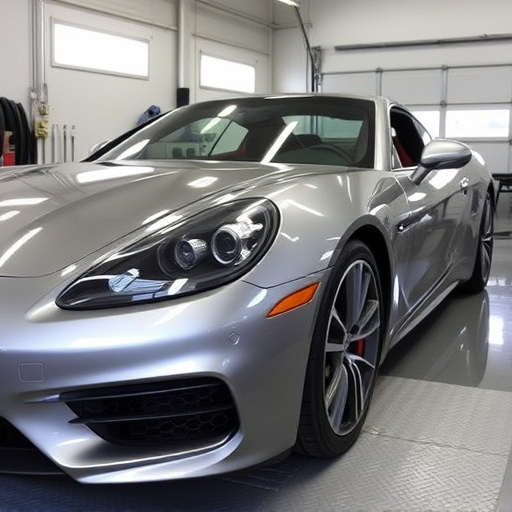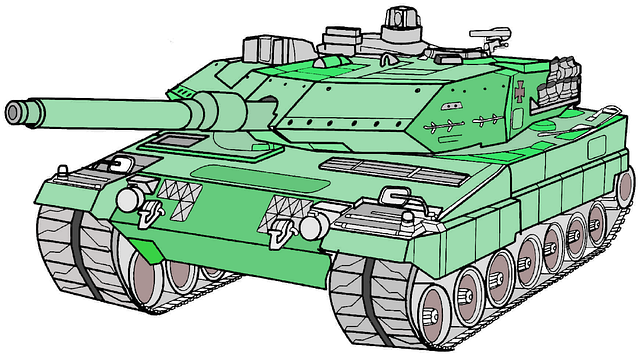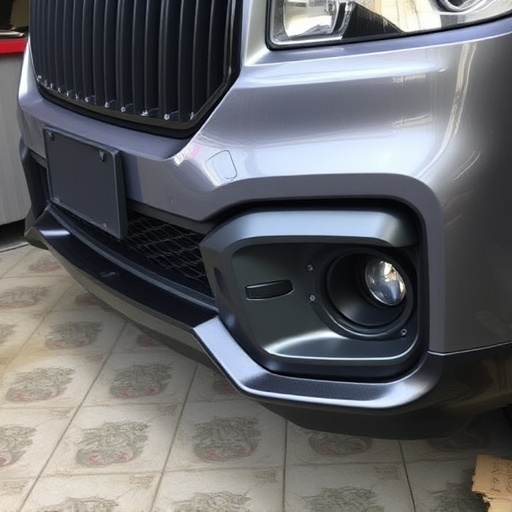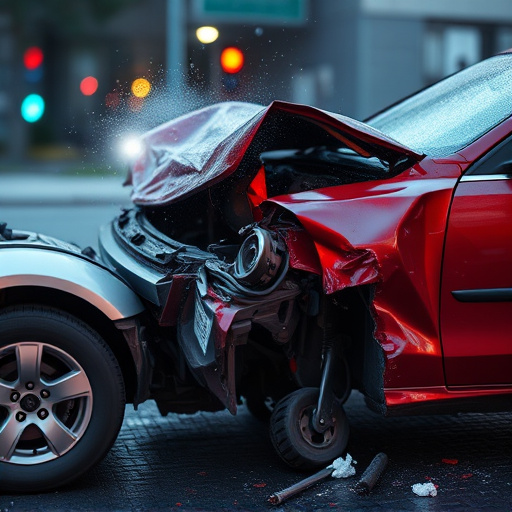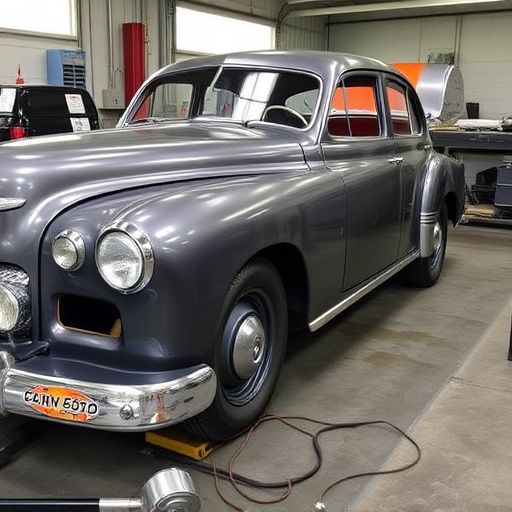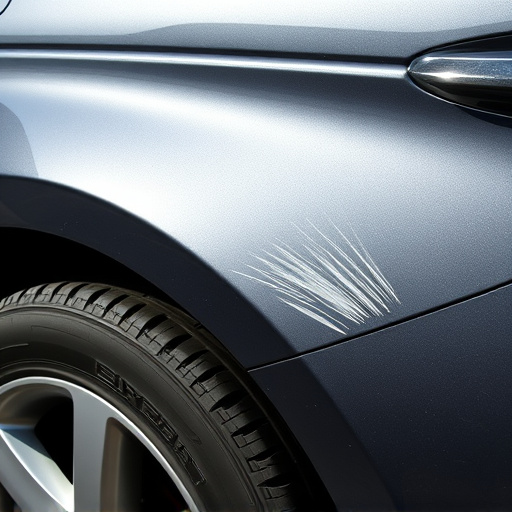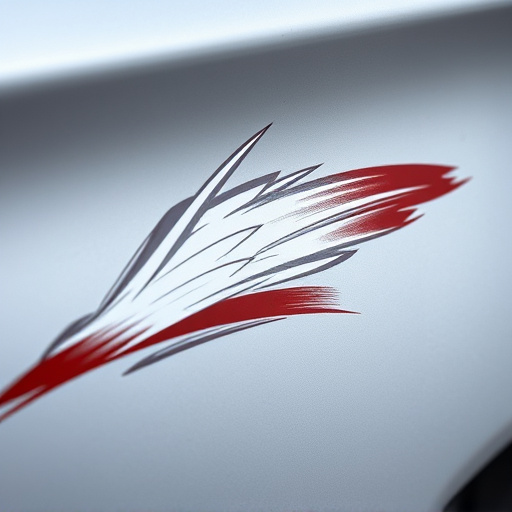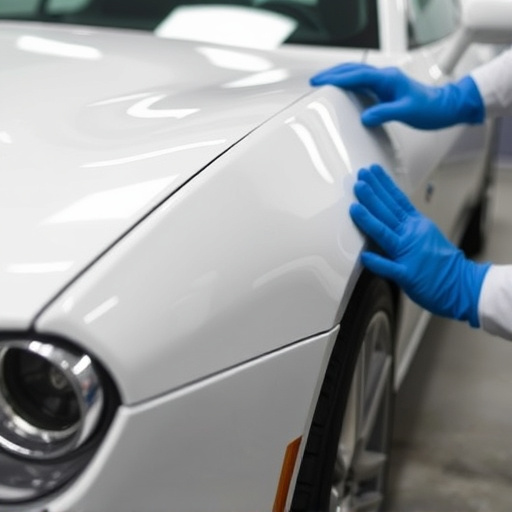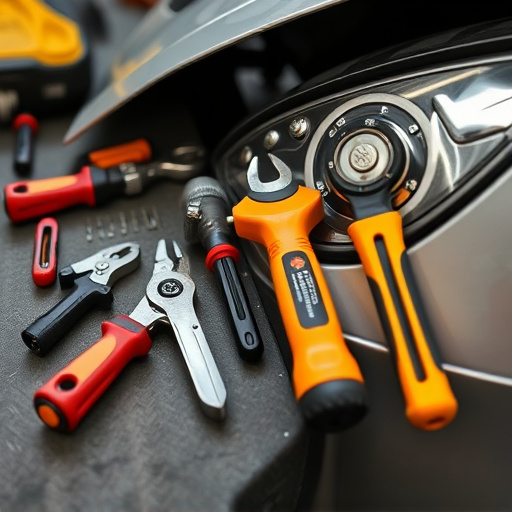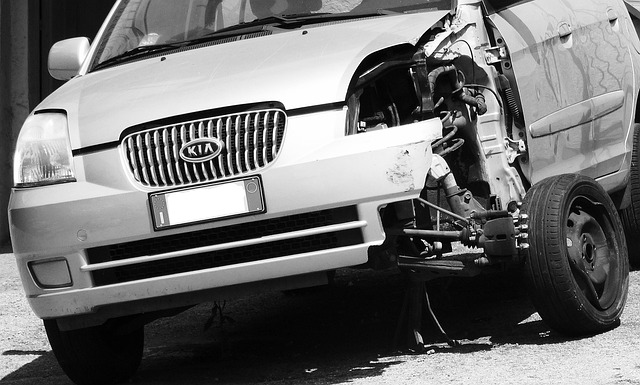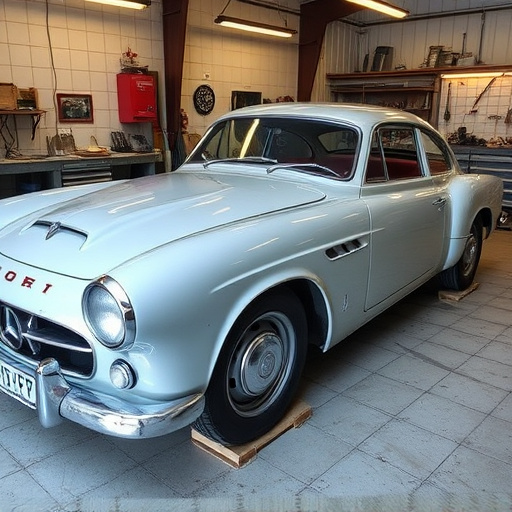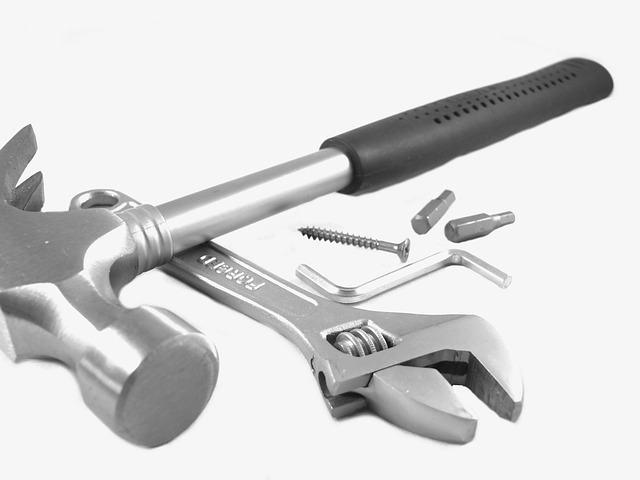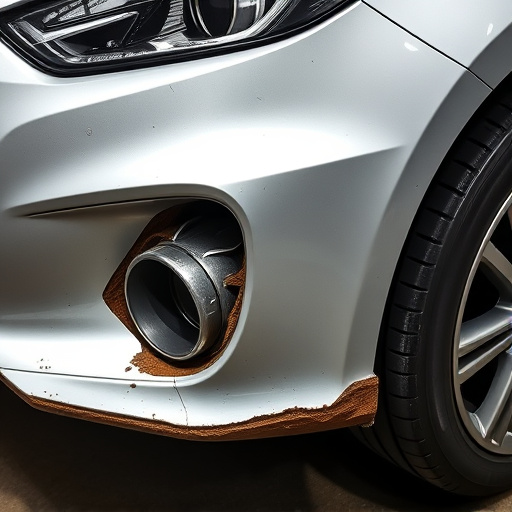In a high-end vehicle collision, meticulous safety calibrations are vital for restoring optimal functioning of sophisticated systems from braking to airbag deployment. Comprehensive dent removal and repair services ensure both aesthetic and structural integrity while meeting safety standards. Skilled technicians are crucial for precise calibration of advanced driver assistance systems (ADAS) like adaptive cruise control, lane keeping assist, and automated emergency braking, ensuring peak performance after collision.
In the aftermath of a high-end vehicle collision, proper safety calibration is paramount. While expert repairs may restore aesthetics, underlying electronic systems and sensor networks require meticulous recalibration to ensure optimal performance and driver safety. This article delves into the critical safety calibrations necessary after high-end vehicle collision repair, focusing on key systems and comprehensive testing protocols to guarantee a secure return to the road.
- Understanding Safety Calibration Needs Post-Repair
- Key Systems to Focus on for High-End Vehicles
- Ensuring Comprehensive Testing After Collision Repair
Understanding Safety Calibration Needs Post-Repair
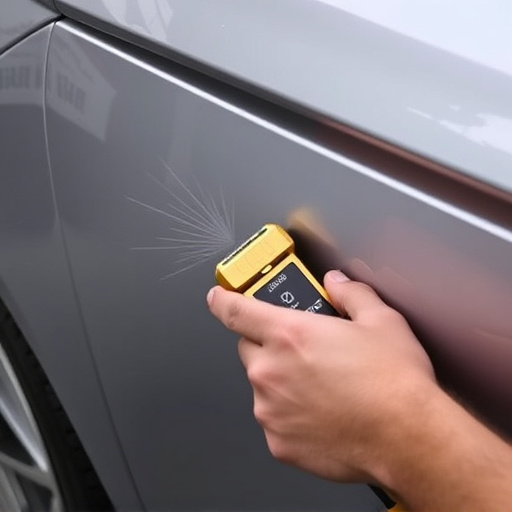
After a high-end vehicle collision, safety calibrations become an indispensable step in the repair process. These calibrations ensure that every component of the vehicle—from the braking system to the airbag deployment mechanisms—functions optimally and safely. In the aftermath of a crash, even seemingly minor dents or damage can cause intricate systems to shift out of alignment, leading to potential safety hazards. Therefore, comprehensive car dent removal techniques, combined with fleet repair services, are crucial for restoring not just the aesthetics but also the structural integrity and operational safety of high-end vehicles.
Understanding the safety calibration needs post-repair involves recognizing that each vehicle is unique in its design and components. High-end vehicles often incorporate advanced technologies and safety features that require precise adjustments and recalibration following repair work. Ignoring these calibrations could lead to malfunctional systems, compromising not just the driver’s control but also the overall safety of passengers and other road users. Thus, prioritizing tire services along with other critical repairs ensures that the vehicle meets all safety standards before hitting the road again.
Key Systems to Focus on for High-End Vehicles
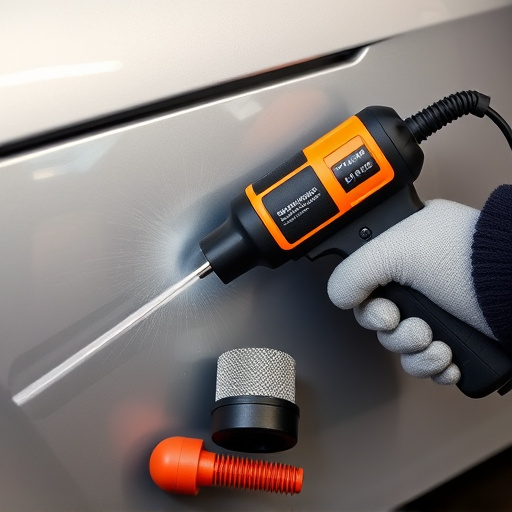
When dealing with a high-end vehicle collision, several critical systems demand meticulous attention during the repair process. These sophisticated machines are known for their intricate mechanisms and advanced technology, making them more delicate to repair accurately. Focus on key areas such as the electrical system, engine components, and, most notably, the vehicle’s chassis. The chassis is the backbone of any car, providing structural integrity and influencing handling dynamics. Any misalignment or damage here can affect the overall safety and performance of the vehicle post-repair.
Additionally, high-end vehicles often feature advanced driver assistance systems (ADAS) like adaptive cruise control, lane keeping assist, and automated emergency braking. These features require precise calibration to ensure they function correctly after collision damage repair, especially in the event of sensor or camera misalignment due to the impact. Remember that even seemingly minor collisions can affect these delicate systems, underscoring the need for skilled technicians who understand high-end vehicle bodywork and auto painting techniques to restore them to their original state.
Ensuring Comprehensive Testing After Collision Repair
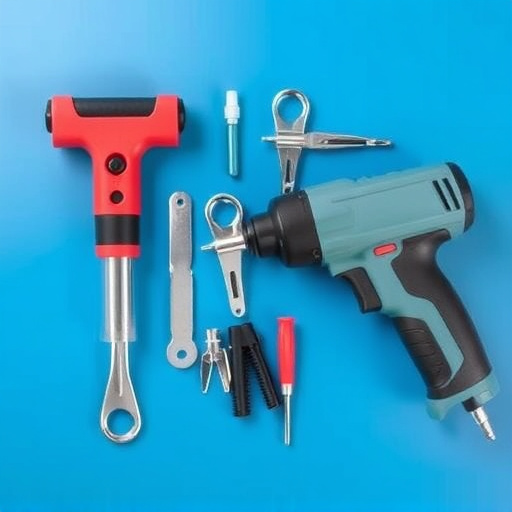
After a high-end vehicle collision, comprehensive testing is paramount to ensure the safety and performance of every component. Beyond checking for physical damage, auto glass repair, and car dent removal, deeper inspections are required. This involves calibrating safety systems such as airbags, braking mechanisms, and advanced driver assistance features (ADAS), which have become integral to modern luxury vehicles.
In a top-tier car body shop, technicians employ sophisticated diagnostic tools to test these systems thoroughly. They verify the proper functioning of sensors, cameras, and radar units that power ADAS features like lane keeping assist, adaptive cruise control, and automatic emergency braking. This meticulous process guarantees that your high-end vehicle not only looks as good as new but also operates with maximum safety after collision repair.
When it comes to high-end vehicle collision repair, safety calibrations are non-negotiable. By focusing on key systems like airbags, seatbelts, and electronic stability control, and ensuring comprehensive testing post-repair, you maintain the integrity of these vital components. Understanding the specific calibration needs after repair is crucial for the safety and peace of mind of high-end vehicle owners, ensuring that every system functions optimally following a collision.
